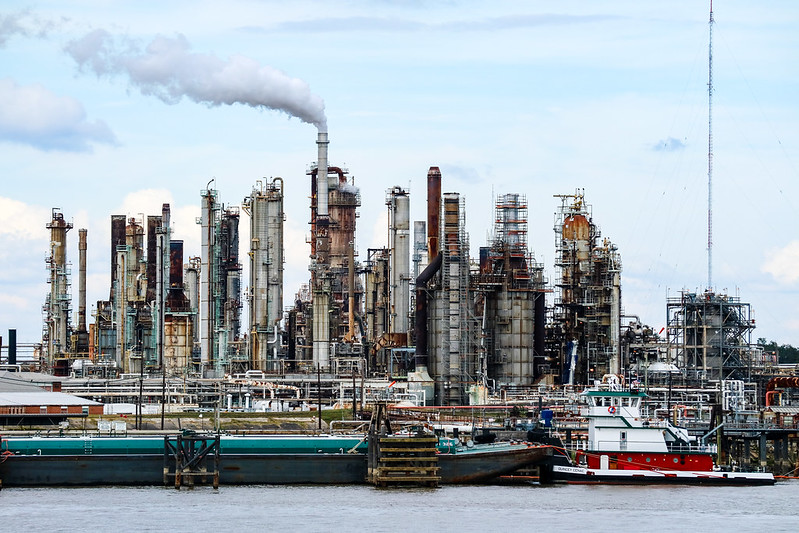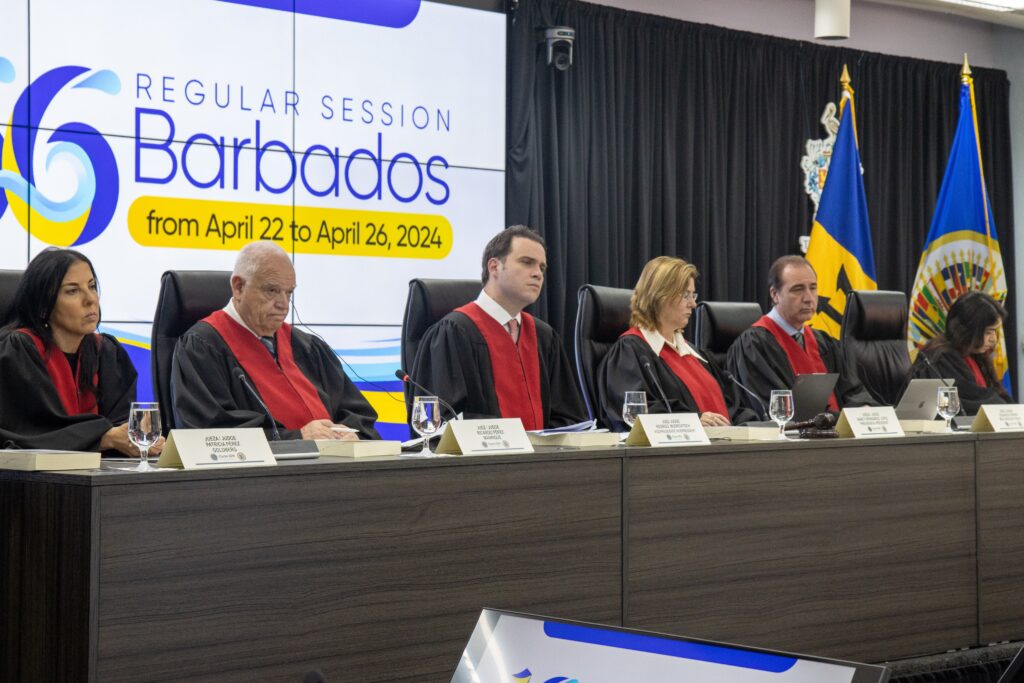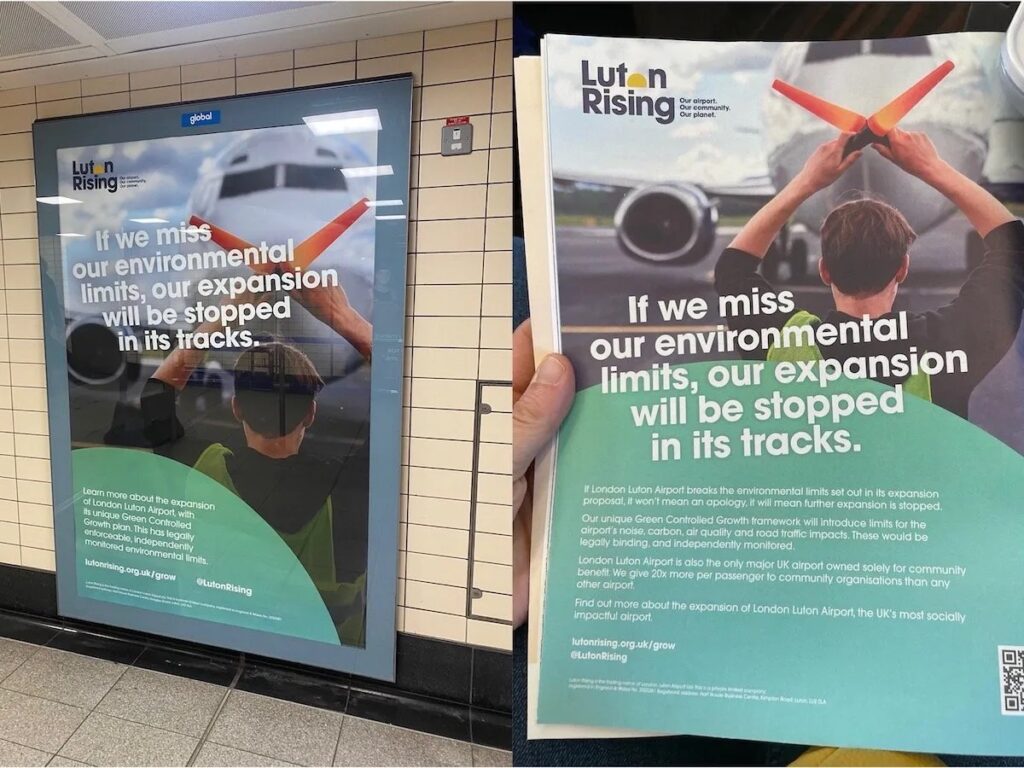As a country, the United States has been very slow to react to climate change. Part of the problem is that our politics has been corrupted by the influence of fossil fuel money. The other part is that the constant stream of misinformation has led to an imbalance in the acceptance of science, and the public has taken a long time to come around to the idea that we need to act.
But today the public does agree that it is time to act, and a majority of Americans no longer deny the existence of man-made climate change. The main issue is that the deniers are calling the shots, so action remains either completely absent or painfully weak.
To make matters a little more confusing, while most Americans agree that climate action is necessary, polls show us that they believe it is very low on the country’s list of priorities, with things like global terrorism, the economy, and income inequality consistently scoring higher on the priority list. The irony is that most of the issues that rank higher than climate change can all be directly related to the state of the environment.
In order to inspire action, perhaps it’s time that the environmental movement changed the way it frames the debate. Rather than speaking mostly in terms of environmental destruction we should be pointing out the economics of environmental action and the benefit that action can bring to the overall economy. And vice versa — plenty of economic actions by the government have a direct, often negative, impact on the environment and the health of American citizens.
This approach makes more sense when you take into consideration the tactics used by the fossil fuel industry. Rather than outright denying that a problem exists, many industry insiders and politicians have claimed that climate action costs too much money, or that it would destroy job markets, or that the expense isn’t worth the effort. They are using economics to make their point, but the dollar signs actually line up more in favor with environmentalists than with the industry.
Plenty of studies have been published that prove that the cost of doing nothing on climate change is far greater than the cost of action. Last year, Citibank released a report showing that switching to a low-carbon economy would save $2 trillion. But these reports discuss addressing the causes of climate change on the whole and don’t get into the microeconomics of protecting the environment in general, and those are the real numbers that we need to be focusing on, because those are the numbers that hit closest to home for American citizens.
When we dig down into the micro level, we can begin to see how spending on the environment — and even enforcement of existing health and safety standards — will begin to show benefits to local communities. For example, a NESCAUM study from 2011 showed that increasing the fuel economy of vehicles in the northeast United States could create up to 50,000 jobs. That same year, the United Autoworkers Union released a study showing that 155,000 jobs had already been created nationwide as a result of simply raising fuel economy standards.
Last year, a report from the Analysis Group determined that a 9-state project in the Northeast to reduce the amount of carbon from power plants resulted in an economic benefit of $1.3 billion. Fuel economy standards in California will result in drivers saving an average of $300 by the year 2020. Consumers in Iowa are expected to see their overall utility prices drop by about $10 million due to increased wind energy production, in addition to the state receiving $360 million in property tax generation from these wind farms.
The Pacific Coast Action Plan on Climate and Energy — a program designed to reduce emissions and tighten renewable energy standards — is expected to bring in $1 trillion to the economies of California, Washington, and Oregon in the next 30 years, money that will be used to rebuild the infrastructure in those states.
For every $1 that states spend on energy efficiency programs, consumers see a direct savings of close to $5.
The most important thing to remember — and the rebuttal to a classical talking point of anti-environmentalists — is that enforcing environmental standards does not kill jobs, and most experts agree that enforcement either creates as many or more jobs as would be lost.
The bottom line is that every time the government spends money, it creates economic benefits. Those benefits are in the creation of new jobs, the contracting of existing companies, or the direct payment of money in exchange for services. This is Economics 101, and it is an argument that the environmental movement needs to adopt.
But what about the other side? What happens when the government doesn’t have the money to spend? The sad reality is that the environment is the first thing to get the shaft when budget cuts take place, and in turn, this has a direct negative effect on the health and well-being of American citizens.
The best example is the water crisis in Flint, Michigan. While the lead pipes may have poisoned the water itself, bad policies set everything in motion.
When then-President Bill Clinton signed the North American Free Trade Agreement in 1995, things began going downhill quickly in the state of Michigan. Manufacturing jobs began to disappear, and roughly 60,000 manufacturing firms closed their doors for good in the twenty years that followed the passage of that trade deal, and close to a quarter of a million workers lost their jobs.
The result was that the state of Michigan began losing tax revenues, forcing them to reduce spending on basic services like clean water. This eventually led to the decision to save a few thousand dollars a year by switching the city of Flint’s water supply, and the rest is history.
Unfortunately, Flint is not unique. Close to 2,000 water systems in the United States have tested positive for lead in concentrations that are dangerous to the human body. In nearly all of these areas, budget cuts have forced governments to reduce spending on infrastructure repair, leaving millions of Americans to get their water from decades-old lead pipes that are rusting and crumbling.
Again, it all goes back to basic economics: When the government has less income, it has less money to spend on basic services. And when the money is cut from environmental protection, the health of the public suffers, as we’ve seen in Flint.
A lack of funds is also threatening the Environmental Protection Agency as a whole. According to a recent report by The New York Times, the role that the agency plays in the U.S. has increased during the Obama administration while its budget has been cut nearly every year for the last six years:
The agency’s spending under Mr. Obama has been cut between 10 and 20 percent below the budgets of the previous three administrations, when adjusted for inflation. The agency’s budget has averaged about $8.8 billion annually under Mr. Obama, compared with (in today’s dollars) $9.7 billion under George W. Bush, $10.6 billion under Bill Clinton and $10.4 billion under George Bush. The agency’s 15,408 employees are its fewest since 1989.
These constant budget cuts will destroy the agency’s ability to prevent further crises — like the one in Flint — and will inhibit their abilities to properly regulate emissions, test rivers and streams for pollutants, and evaluate the safety of fossil fuel extraction operations.
By now the greatest irony should be clear: Protecting the environment is a great way to boost the economy and federal revenue, but revenue reductions are forcing the government to cut back on environmental protection. And that’s why the terms of the debate need to shift.
If we can redirect our message from one of global catastrophe to one of economic growth, we can gain more supporters to our cause. The best way to get the public to support an idea is by explaining the direct connection it has to them personally, and nothing is more personal than a person’s financial situation.
Arguments about job growth, economic security, and increased income need to find their way into discussions about melting ice caps and warming oceans. Without a broad, yet personal, appeal, the issue will continue to rank low on the American to-do list, and we’re already running out of time.
Image credit: EcoDaily.org
Subscribe to our newsletter
Stay up to date with DeSmog news and alerts






